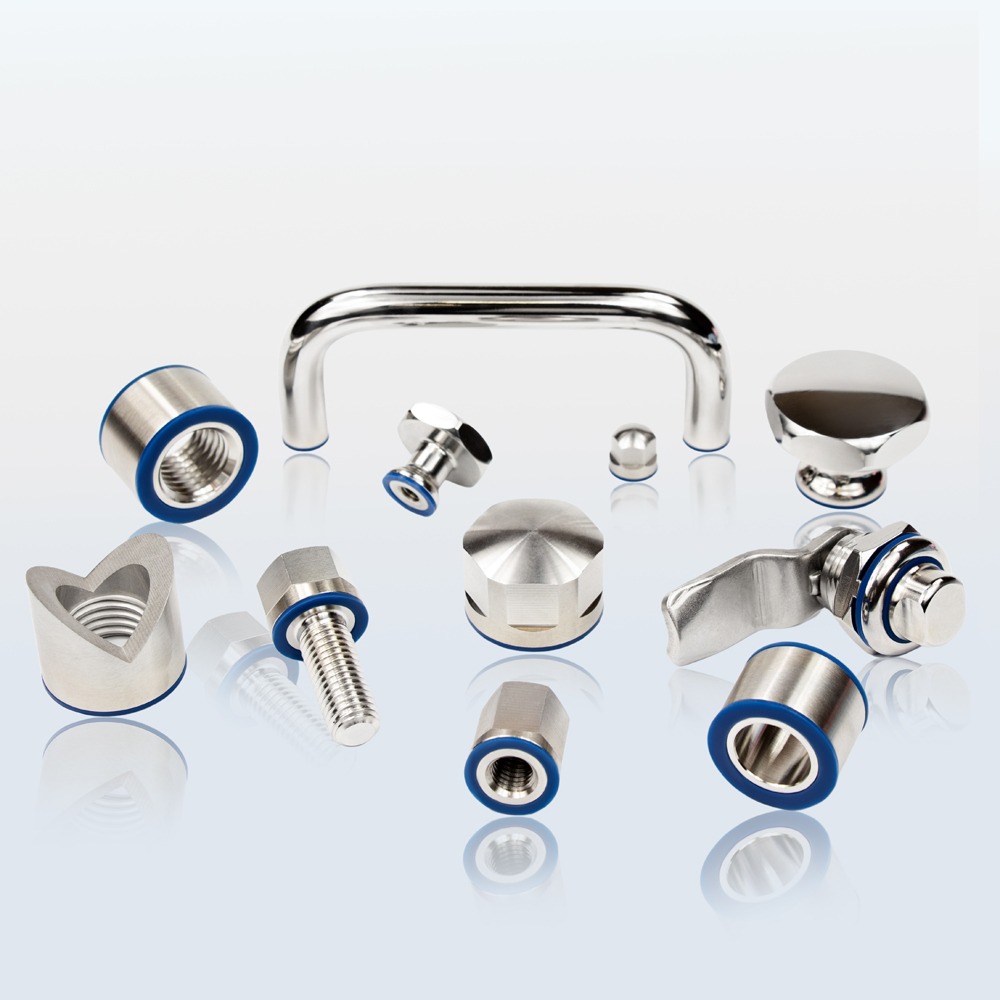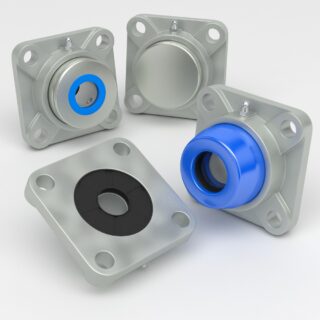Identify the Challenges and Opportunities:
Start by mapping out the specific hygiene-related challenges or opportunities you aim to address. This could range from preventing the spread of infectious diseases in healthcare settings to improving sanitation in urban areas.
Engage with Potential Partners:
Look for organizations and institutions that share your vision for improving hygiene standards. Potential partners could include research universities, technology companies, healthcare providers, non-profit organizations focused on public health, and government agencies responsible for health and sanitation.
Leverage Cross-Sector Expertise:
A key benefit of in-depth partnerships is the ability to bring together expertise from different sectors. For example, a partnership between a technology firm and a healthcare provider could lead to the development of new medical devices or sanitation processes.
Invest in Research and Development (R&D):
Innovative hygienic solutions often require significant R&D efforts. Partnerships can provide the necessary resources and expertise to undertake ambitious projects, from basic research to product development and testing.
Pilot and Scale Solutions:
Implement pilot projects to test the effectiveness of your solutions in real-world settings. Based on the results, you can refine your approach and scale up successful initiatives.
Focus on Sustainability:
Ensure that your hygienic solutions are sustainable and can be integrated into existing systems without causing adverse environmental impacts. This could involve developing eco-friendly products or processes that reduce waste and energy consumption.
Community Engagement and Education:
Engage with communities and stakeholders to raise awareness about the importance of hygiene and how your solutions can benefit them. Education and community involvement are crucial for the adoption and success of new hygienic practices.
Compliance and Standards:
Work with regulatory bodies to ensure that your solutions meet all relevant health and safety standards. Compliance can also provide a competitive advantage by demonstrating the efficacy and reliability of your solutions.
Following these steps and leveraging in-depth partnerships, you can develop and implement innovative hygienic solutions that address critical challenges and contribute to public health and wellbeing.










































